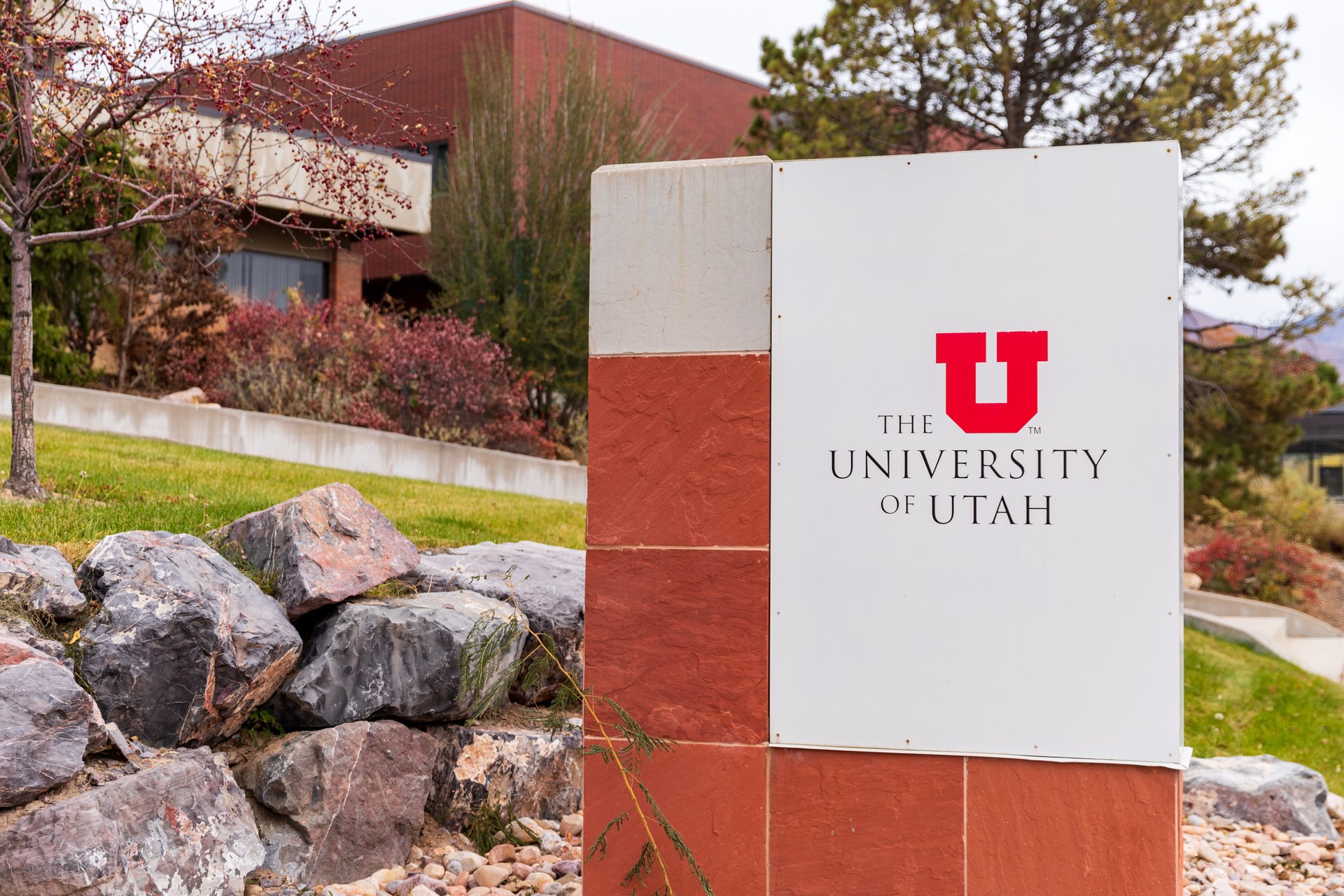Good morning, and thanks for spending part of your day with Extra Points.
Real quick, if you haven’t done this already: it would be VERY helpful if you took just a quick minute to fill out our readership survey. We want to better understand what we should be offering to make an Extra Points subscription as valuable as possible. Your input goes a long way.
On August 18, Virginia Tech athletic director Whit Babcock is scheduled to give a presentation to the school’s Board of Visitors on the current state of the athletic department. That sort of thing isn’t usual…athletic department employees give updates to the board all the time, and given the changes happening in college athletics at the moment, more regular updates wouldn’t be out of the ordinary.
But intrepid Tech beat writer Doug Bowman got ahold of the entire presentation a few days ago, Babcock’s slides are part of a 700+ page presentation from several university leaders, with the bulk of the presentation having nothing to do with athletics.
But the slides that do pertain to athletics are uncommon in their candor and specificity, and speak to not only the unique challenges of a school like Virginia Tech, but help flesh out some larger industry storylines in the ACC, television industry, and more.
Doug’s thread is excellent, and I understand some of this deck has already floated around Reddit and various message boards. But I suspect the parts that are most interesting to me might not be the slides that are the most interesting to more casual fans.
Let’s take a closer look. You can read the entire presentation here.
First, we have to remember that conference revenue distribution is going to look very different in the ACC than in other power conferences. While most of the major leagues distribute revenue equally, (or at least, equally among conference members that didn’t just join from another conference), the ACC won’t. While a chunk of the conference distribution will be the same for everybody, the league will also give extra money, based on TV viewership from MBB and FB. This tweak was part of the massive settlement between Florida State and Clemson, who were suing in an attempt to leave the league.

Slide 793 of the presentation
The athletic presentation then lays out what programs generated the highest football TV viewership over the last five years. While Virginia Tech was solidly near the top in the late 2010s, the program finished outside the Top Seven in 2023 and 2024.

I’m a little surprised to see Georgia Tech so highly ranked last season, but the other figures line up with about what I’d expect.
TV viewership doesn’t always perfectly correlate with on-field success. SMU, after all, made the dang Playoff last season, and Florida State, uh, didn’t. But the Virginia Tech presentation suggests that on-field performance does help shape where your games are broadcast. The more times you’re playing on ABC or ESPN, the more people are going to watch your team…which means more money in ACC conference distributions.


According to the projections, the biggest financial bumps start to kick in once Virginia Tech wins nine games or more. At nine wins, the program could reasonably expect five games on network TV, leading to more eyeballs, and thus, a larger cut of conference revenue distributions. The revenue difference between eight wins and nine wins, based just on how the school is modeling ACC revenue distribution probabilities, is over a million bucks.
If you’re about my age (I’m 38), that doesn’t seem like a particularly outrageous expectation. Virginia Tech wins nine games all the time, right?
Well, no. Since 2012, the Hokies have hit or cleared that bar only twice, most recently in 2017. The team was consistently excellent from the mid 1990s through 2011, but the last 15 years or so have not been as kind.
Like most things in college football, getting more TV eyeballs will be easier if you win. But that isn’t the only way to do it. Babcock also points to the value of out of conference scheduling (Tech has future games scheduled with Maryland, Arizona, Wisconsin, Ole Miss, South Carolina and Alabama, plus regular games against Notre Dame), maximizing when games are played, and marketing campaigns to drive awareness and attention.
Winning, usually, takes money
Much of the presentation also centers on where Virginia Tech stacks up, financially, with their conference peers.

I’m a little curious as to where exactly these numbers are coming from, since they are a little different from the MFRS numbers I’ve obtained via all the FOIAs I file for the Extra Points Library. For example, I have Clemson at roughly $182 Million in total operating expenses from FY24, not 190. I have Virginia at about $146 Million instead of $140, etc. But my figures are generally pretty close to this table.
You can see our ACC budget breakdown at the Extra Points Library here. We have the itemized MFRS budget report for all of the public ACC schools, along with their vendor contracts, coach contract, and more….plus the data for 200+ other schools
FWIW, I am unable to FOIA Pittsburgh and get a copy of their report, but the Virginia Tech presentation has their department at roughly $130 million in spending.
I don’t think you need to be Encyclopedia Brown to figure out that the Private Institution at $215 million would be Notre Dame.
No matter how you massage the numbers from the MFRS reports or any other data source, Virginia Tech’s athletic spending would be near the bottom of the ACC, and certainly near the bottom of their public school peers.
So how do you get more money? Sounds like Virginia Tech is considering the same ideas that everybody else in the industry is considering…everything.

And honestly, I think this is a pretty smart way of evaluating some of those potential strategies. Some ways to grow revenue are completely in the control of the university athletic department. Some are very much the purview of university leadership, if not lawmakers or state bodies. Some are not even completely in the school’s control at all. Winning, after all, can’t be a financial strategy. Somebody has to lose every game.
I could be wrong, because this presentation hasn’t officially happened, and I can’t pretend to speak with perfect expertise on the various local and university-specific political factors at play. But my reading of this deck is that Virginia Tech would like more direct university support as they try to ramp up athletic spending and investments.
And what happens if revenue doesn’t grow? Or more importantly, if Tech doesn’t improve on the field and on the court?
These questions are similar, but they’re not exactly the same thing. After all, Virginia Tech wasn’t swimming in cash when BeamerBall was breaking skulls across America during the early 2000s. The school is not going to relocate to some massive television market or suddenly outspend Florida State or UNC. You want to grow revenues, absolutely, but if the goal is complete financial parity with the biggest brands in the sport, that’s never going to happen.
Babcock argues that Tech athletics provides unique value to the university community…in earned media, in driving interest to the school both in and out of the state, in community engagement, and other areas beyond dollars and cents. I think many college sports administrators, coaches, and fans would make similar arguments about their school.
But the presentation also notes that college football is likely to undergo massive changes. I don’t think this slide is going to break any news or anything…this is essentially what every sports radio host asks me about when I get booked, and it’s an undercurrent of every industry event I attend. But here’s how the school sees the current reality:

Where does Tech sit in those scenarios? Can they control (via fundraising and on-field success) where the program ends up? Given the other needs and obligations of the university, can they afford to spend what might be needed to get where they want to go?
I don’t know. But it speaks to the urgency of not just finding financial and organizational solutions, but talking frankly and honestly, as a university community, about what you actually want. And if being on the right side of that proverbial cutoff line is what everybody wants…well…then what is required to generate the required resources?
The whole deck is worth a read, in my humble opinion. Sometimes, it’s nice to see of this stuff spelled out explicitly on a PowerPoint.

















